ZDF shows Dario Gi’s robot head AI software at Republica 22
In an innovative fusion of technology and creativity, I was commissioned by the brand architecture agency NEST One to create a unique piece of AI art software for their client ZDF, one of Germany’s foremost state-run TV stations. This project was designed to be showcased at the re:publica 22 trade show in Berlin, a venue known for celebrating groundbreaking ideas in digital society.
The centerpiece of this installation was a towering 4-meter-high robot, constructed to engage with the ongoing ZDF television programming in a remarkably novel way. The robot’s head, equipped with four mega-displays, was not just a passive receptor but an active participant in the viewing process. These screens were to display what can best be described as the robot’s ‘thoughts’—a direct insight into how an AI might interpret and react to the visuals of a TV program without the influence of audio.

The operation of this art piece was as intriguing as its concept. Two artificial intelligences worked in tandem to bring the robot to life. The first AI was tasked with watching the ZDF TV stream, analyzing the imagery, and discerning the emotional undertones conveyed by the scenes. This analysis was then passed on to the second AI.
The role of the second AI was particularly fascinating. It took the emotional cues identified by its counterpart and used them to transform the original TV images into new, emotionally charged artworks. These artworks were then displayed in real-time on the robot’s head, effectively showing a continuous stream of the AI’s ‘thoughts’ as it watched the TV program.


The effect was mesmerizing. Viewers at re:publica could literally see the synthetic feelings being processed and expressed by the AI as art, synchronized closely with the broadcast. This not only served as a bold statement on the capabilities of AI in interpreting and enhancing human-created content but also posed intriguing questions about the nature of perception and emotional response in machines.
The installation was a success, showcasing how AI can be used creatively to bridge the gap between technology and human emotion. This project illustrates a profound blend of art and AI, where a machine not only observes but also ‘feels’ and artistically interprets the world in a way that humans can understand and appreciate. Through this, the ZDF’s programming was not just displayed but was transformed into something new and emotionally resonant, offering a glimpse into the future of interactive art and AI integration in media.








